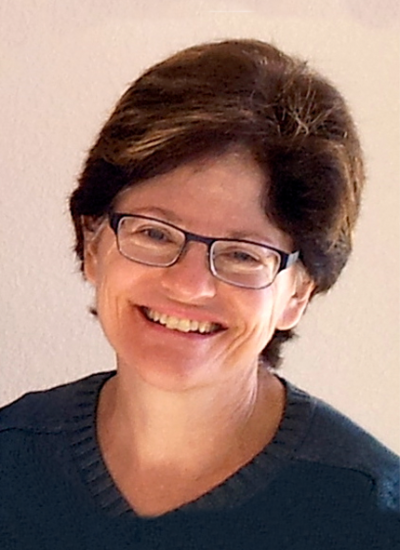Judith Bronstein
Publications
Abstract:
The Costa Rican fig tree, Ficus pertusa, is pollinated by a species-specific wasp (Agaonidae) whose female offspring transfer pollen between trees. Pollination success (the proportion of inflorescences pollinated) ranged from 1-100% and averaged only 65%. Resource availability evidently was limiting to fruit set as well: every crop abscised many inflorescences at a predictable point during growth. This abscission period usually preceded the brief but variably timed period of pollinator arrivals; in most cases every pollinated, undamaged inflorescence set fruit. Fruit abortion would not be expected in plants that evolved under conditions of pollen limitation; although pollinators have been thought to be overabunadnt in highly coevolved pollination mutualisms, figs' unique flowering phenology may in fact make pollen limitation common. The fact that future pollen carriers as well as seeds mature within fruits may also help explain these unusual fruit maturation patterns. -from Author
Abstract:
A total of 26 species of birds in 10 families took F. pertusa fruit. Visitors' identity, abundance, and importance (estimated by an index of the number of fruits removed) all varied among trees and over time for individual trees. Compared with its obligate, species-specific pollination mutualism, F. pertusa's highly variable interactions with its present-day disperser assemblage are less likely to be products of coevolution. -from Authors
Abstract:
The natural history of Anidarnes bicolor (Ashmead) Boucek (Hymenoptera: Agaonidae: Sycophaginae), a host-specific galler of the Florida strangling fig (Ficus aurea, Moraceae), is described. A. bicolor females oviposit through the outside of the globular fig inflorescence; offspring feed on sterile tissue within galls induced on the inner wall of fig. Oviposition coincides with entry of the pollinators (Pegoscapus mexicanus; Hymenoptera: Agaonidae: Agaoninae) into the fig, and does not interfere with pollination. Pollinator presence is in fact crucial to A. bicolor success, because unpollinated, galled figs are aborted by the tree. However, A. bicolor may nevertheless reduce pollinator success: maturation of pollinator offspring appears to be negatively affected by the developing A. bicolor galls. Although the composition of the wasp community associated with the native Florida figs is relatively well-known, this is one of the first studies of the natural history of one of the non-pollinator species.


